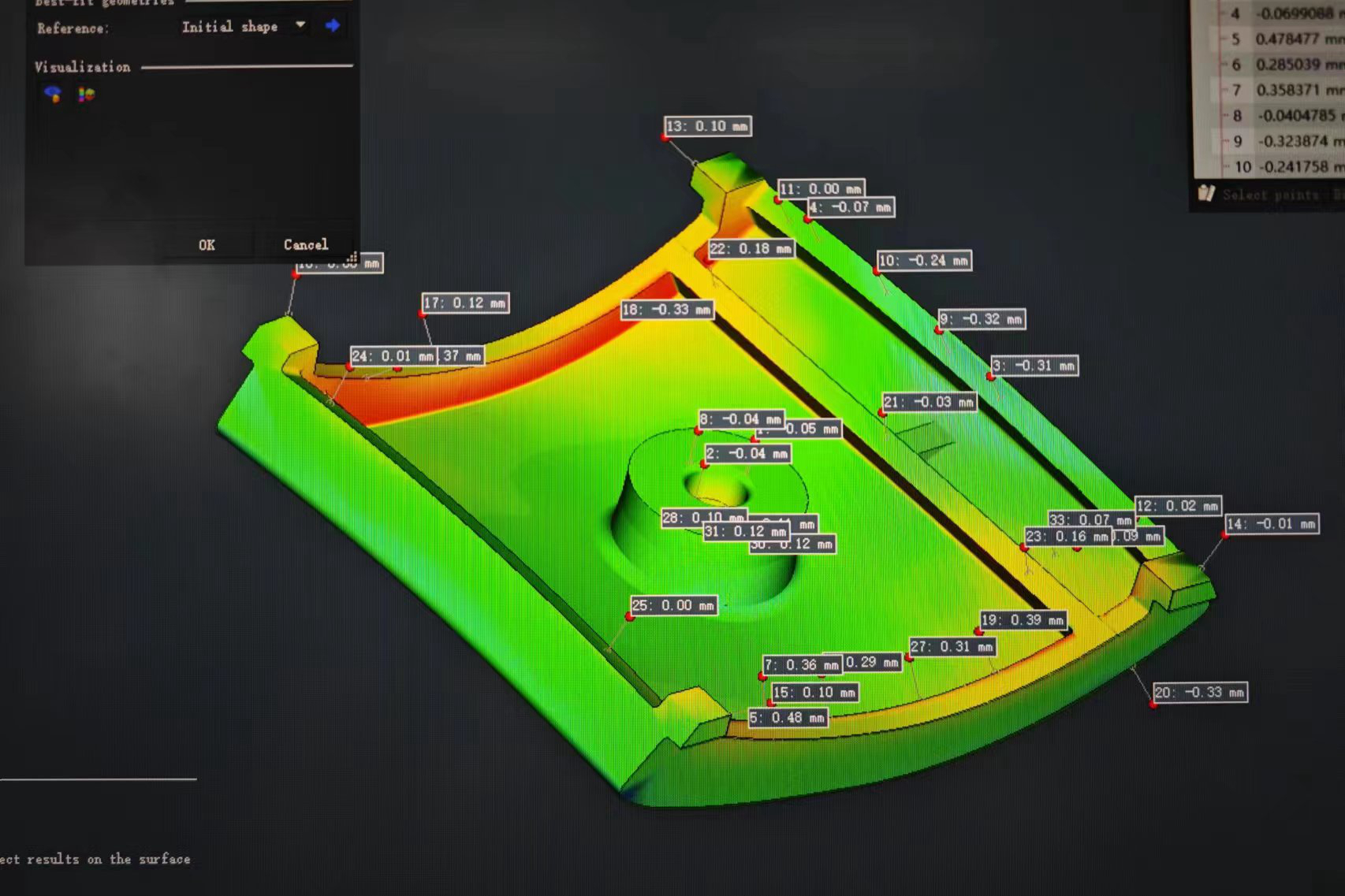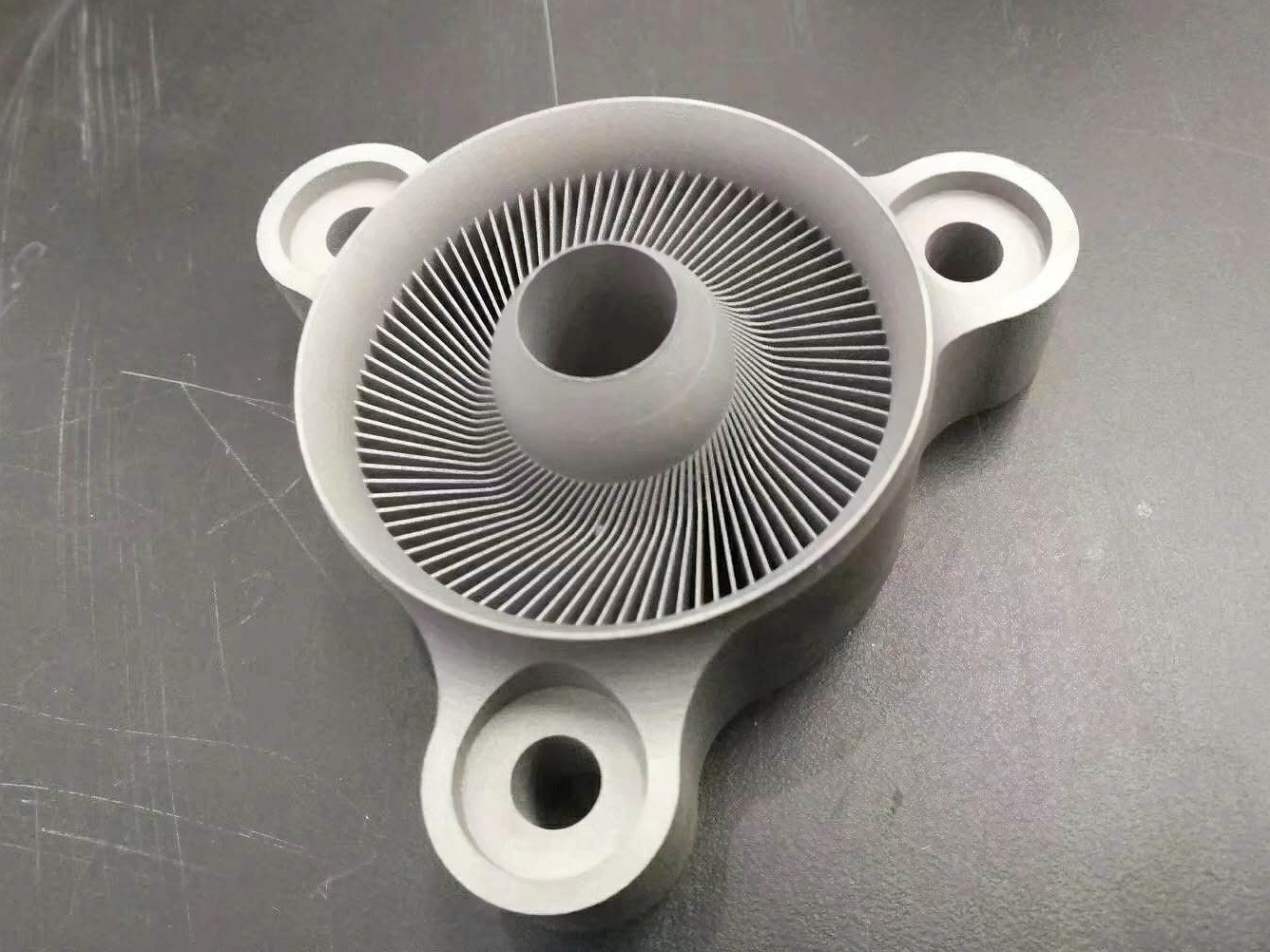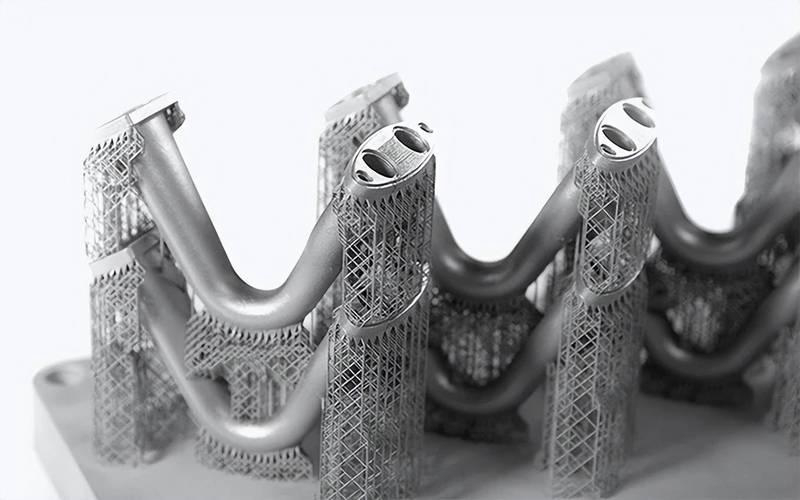Metal 3D Printing: Achieve Precision Custom Metal Parts with Tight Accuracy
Introduction
Precision is critical in modern metal 3D printing, where industries increasingly rely on custom parts with tight dimensional accuracy. Applications in aerospace, energy, medical, and industrial sectors demand components with tolerances often within ±0.02 mm to ±0.05 mm. Achieving this level of precision requires a combination of advanced additive manufacturing technologies, optimized post-processing, and careful material selection. Today’s professional 3D printing service providers enable engineers to produce complex metal parts that meet strict industry standards. This blog explores how precision is achieved in metal 3D printing, from process selection to final part validation, helping manufacturers deliver high-quality, performance-critical components.
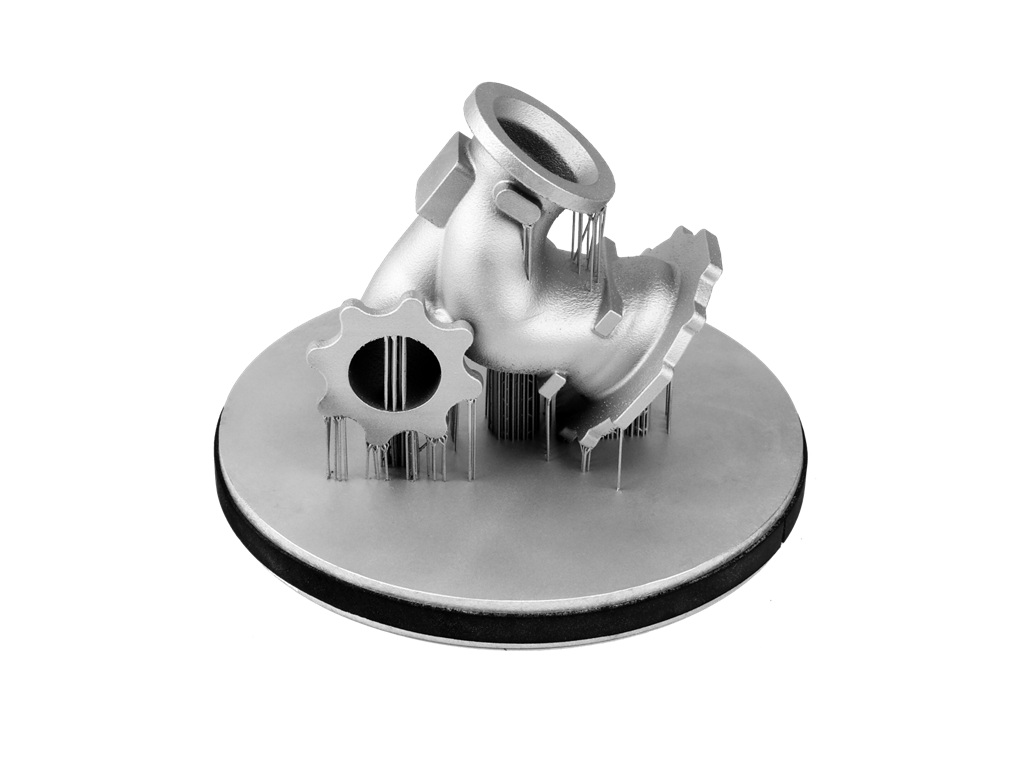
Why Precision Matters in Metal 3D Printing
Industry Tolerance Requirements
Precision in metal 3D printing is essential for industries where parts must perform reliably under extreme conditions. Aerospace components, such as turbine blades and structural elements, often require tolerances as tight as ±0.02 mm to ensure proper aerodynamic performance and system integration. Similarly, medical implants demand precise geometries for biocompatibility and patient safety. In aerospace and aviation applications, meeting these strict tolerance standards ensures part functionality, reduces vibration, and improves overall system efficiency.
Impact of Precision on Part Performance
Dimensional accuracy directly impacts the performance and lifespan of metal 3D printed parts. For example, accurate tolerances enhance the sealing performance of pressure vessels and fluid handling systems. In rotating machinery, precise balance reduces wear and increases operational life. In medical and healthcare, high precision ensures that implants fit perfectly, minimizing surgical risks and improving patient outcomes. Achieving consistent precision also supports quality assurance and regulatory compliance in safety-critical industries.
How Design for Additive Manufacturing (DfAM) Enables Precision
Designing specifically for additive manufacturing helps engineers achieve greater precision. DfAM principles include optimizing support structures, controlling wall thicknesses, and managing thermal distortion during printing. Advanced software tools enable simulation and compensation strategies to correct for predictable deviations. By applying DfAM techniques, manufacturers can produce complex geometries with improved dimensional stability. This approach is widely adopted in manufacturing and tooling, where accurate custom components are critical for production efficiency and equipment longevity.
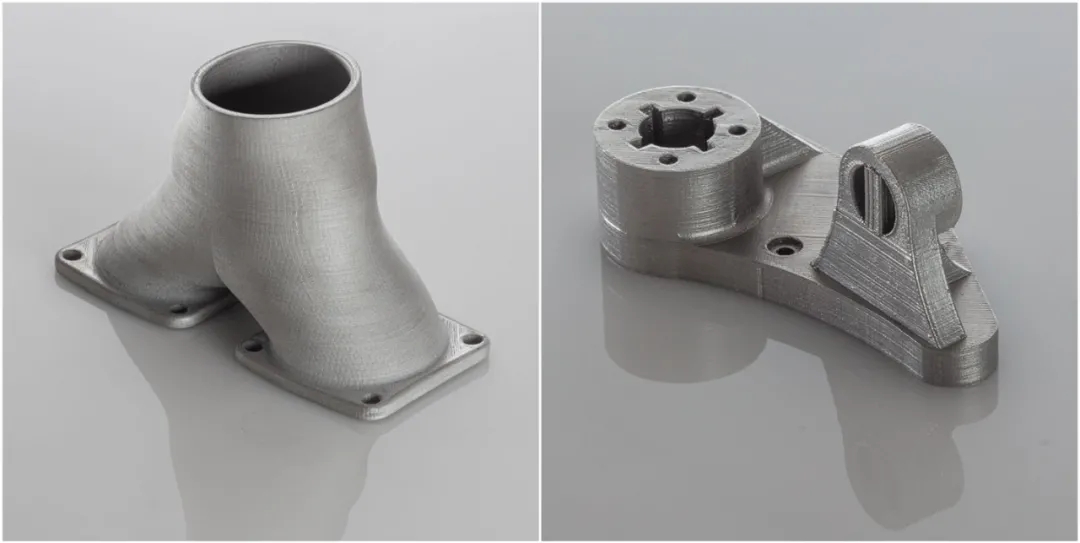
Metal 3D Printing Technologies for High-Precision Parts
Laser Powder Bed Fusion (LPBF)
Laser Powder Bed Fusion is one of the most widely used metal 3D printing technologies for producing high-precision parts. It uses a high-powered laser to selectively melt metal powder layer by layer. Typical dimensional accuracy achieved with LPBF is around ±0.03 mm, making it ideal for producing fine features and thin-walled structures. LPBF is compatible with a wide range of materials, including stainless steel, Inconel, titanium alloys, and more. Engineers rely on powder bed fusion for aerospace, medical, and industrial applications where tight tolerances and excellent surface quality are critical.
Electron Beam Melting (EBM)
Electron Beam Melting is another advanced metal additive manufacturing method, particularly suited for larger parts and high-temperature applications. While its achievable precision is typically lower than LPBF, EBM offers advantages for certain geometries and materials, such as titanium alloys used in orthopedic implants and aerospace structures. EBM reduces residual stress due to its high-temperature build environment, improving the mechanical performance of large components. Learn more about EBM in this Electron Beam Melting (EBM) overview.
Directed Energy Deposition (DED)
Directed Energy Deposition is an ideal process for producing large-format parts, adding features to existing components, or performing repairs. It uses a focused energy source to melt metal feedstock, typically wire or powder, as it is deposited. While precision is generally lower than LPBF, DED excels in applications where size, scalability, or hybrid manufacturing is required. Industries such as energy and tooling frequently use directed energy deposition to fabricate or refurbish complex metal components with tailored material properties and controlled geometries.
Post-Processing to Achieve Tight Accuracy
Heat Treatment for Dimensional Stability
Heat treatment plays a crucial role in ensuring the dimensional stability of metal 3D printed parts. During the printing process, thermal gradients can introduce residual stresses that may cause distortion or warping. Proper heat treatment helps to relieve these stresses, stabilize the microstructure, and improve mechanical properties. Controlled thermal cycles can also refine grain structure and enhance fatigue resistance. Applying heat treatment is an essential step, especially for aerospace and energy components, to ensure parts maintain tight tolerances during their operational life.
CNC Machining for Final Precision
For critical surfaces and interfaces where the highest accuracy is required, CNC machining is often employed as a secondary process. It enables tolerances down to ±0.01 mm, ensuring that mating surfaces, sealing features, and functional dimensions meet exact specifications. Combining additive manufacturing with CNC machining provides the flexibility to produce complex geometries while achieving superior dimensional accuracy. This hybrid workflow is widely used in aerospace, medical, and precision tooling industries where performance and reliability are paramount.
Surface Treatment for Functional Accuracy
Surface finish is another important factor that affects the functional performance of metal parts. Surface treatments can enhance surface smoothness, reduce friction, improve wear resistance, and protect against corrosion. In precision applications, the thickness and uniformity of coatings must be carefully controlled to maintain dimensional accuracy. Common processes include anodizing, electroplating, and specialized coatings. Advanced surface treatment techniques allow engineers to fine-tune the surface properties of metal 3D printed parts, ensuring optimal performance in demanding environments.
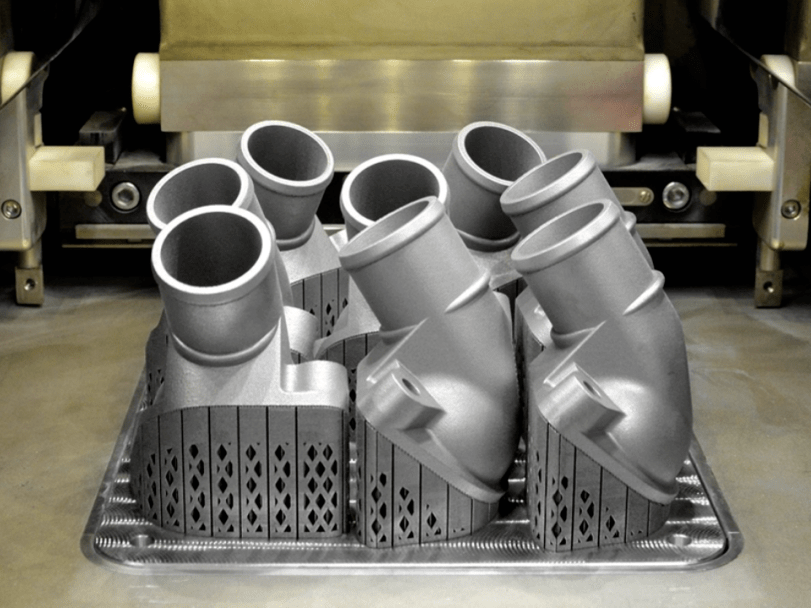
Material Selection for Precision Metal 3D Printed Parts
Superalloys for High-Temperature Precision Parts
Superalloys such as Inconel, Hastelloy, and Haynes alloys are commonly used for components that must maintain precision under high temperatures and extreme environments. These materials exhibit excellent mechanical strength, oxidation resistance, and dimensional stability even at temperatures above 700°C. Precision aerospace parts, turbine components, and heat exchangers frequently use superalloy 3D printing to ensure parts retain tight tolerances during operation.
Titanium Alloys for Lightweight, High-Precision Parts
Titanium alloys, such as Ti-6Al-4V, offer an excellent balance of strength, corrosion resistance, and low density. They are ideal for lightweight, high-precision applications in aerospace, medical implants, and high-performance sporting goods. Titanium’s high specific strength and biocompatibility make it especially valuable in titanium 3D printing for parts where weight savings and precision are critical.
Stainless Steels for Functional Prototypes
Stainless steels, including grades such as 316L and 17-4PH, are popular choices for functional prototypes and end-use parts that require good mechanical properties and corrosion resistance. Stainless steel is highly versatile and supports excellent dimensional accuracy and surface quality. Many manufacturers rely on stainless steel 3D printing for components in tooling, industrial equipment, and consumer products where precision and cost-efficiency are key factors.
Conclusion
Metal 3D printing has evolved into a reliable solution for producing precision custom parts with tight accuracy across diverse industries. By combining advanced additive manufacturing technologies with optimized post-processing workflows, manufacturers can achieve high-performance components that meet stringent dimensional requirements. Careful material selection and hybrid processes, such as CNC machining and surface treatment, further enhance part quality and consistency. As industries continue to embrace digital manufacturing, leveraging rapid prototyping and precision metal 3D printing allows companies to innovate faster, reduce lead times, and maintain a competitive edge in demanding markets.
